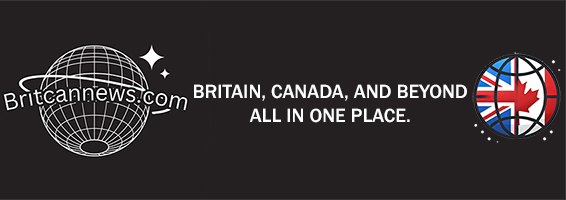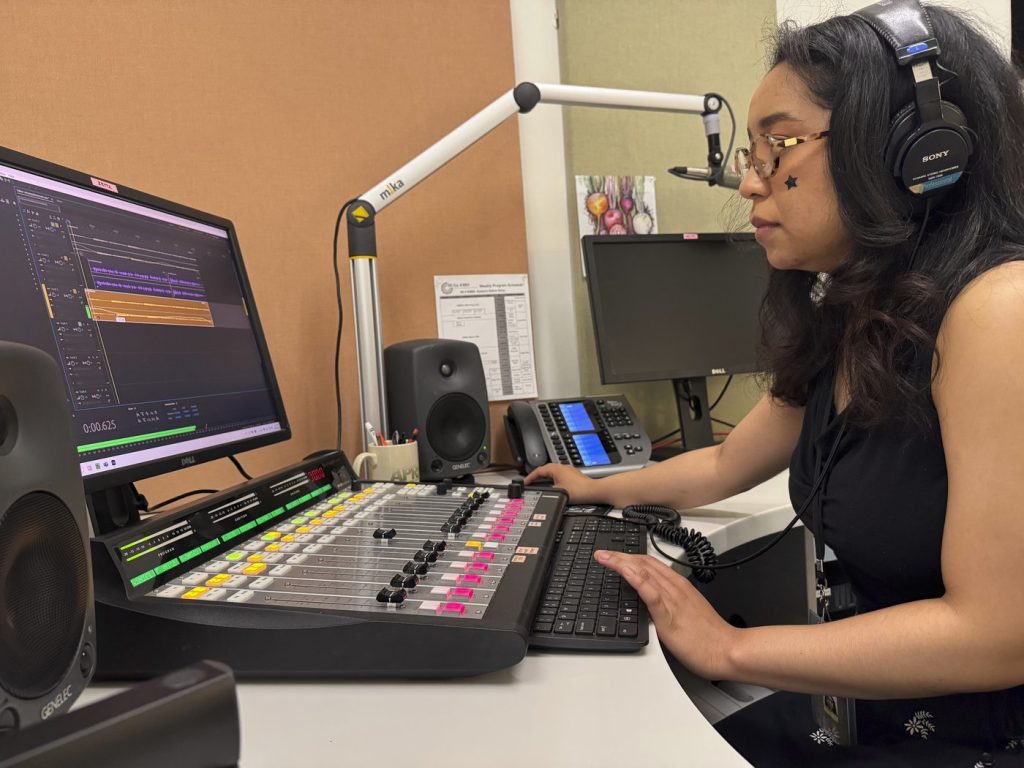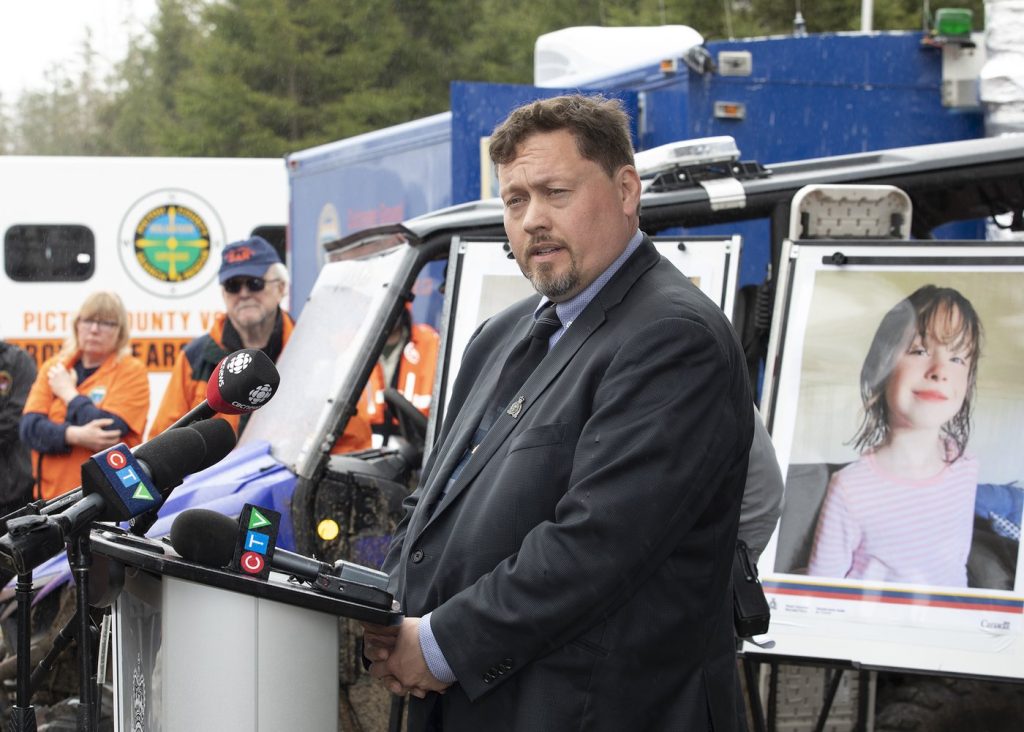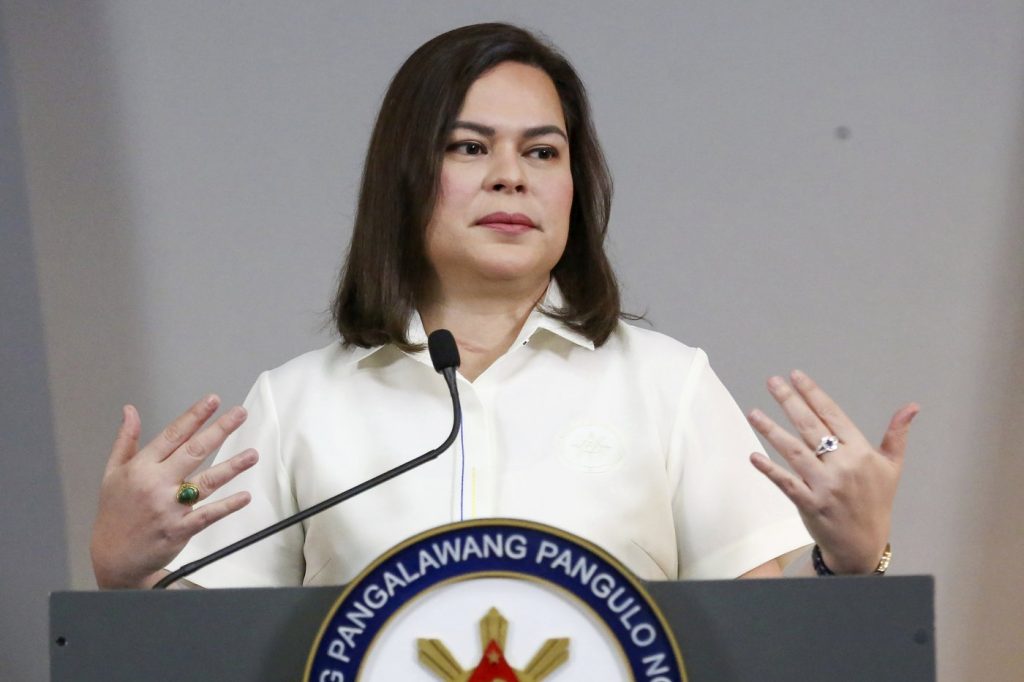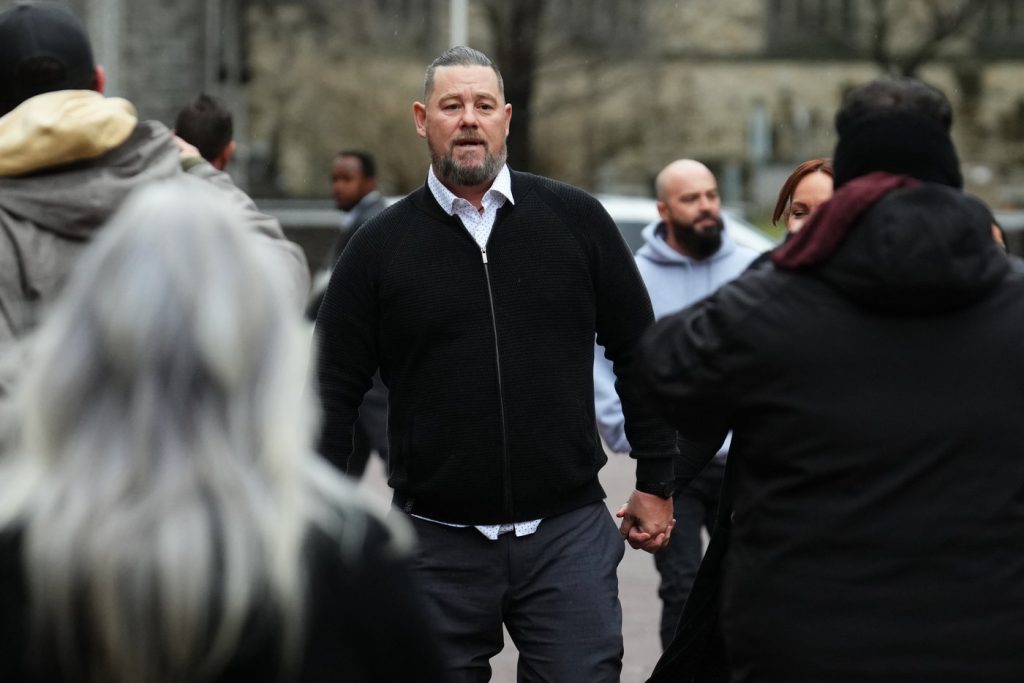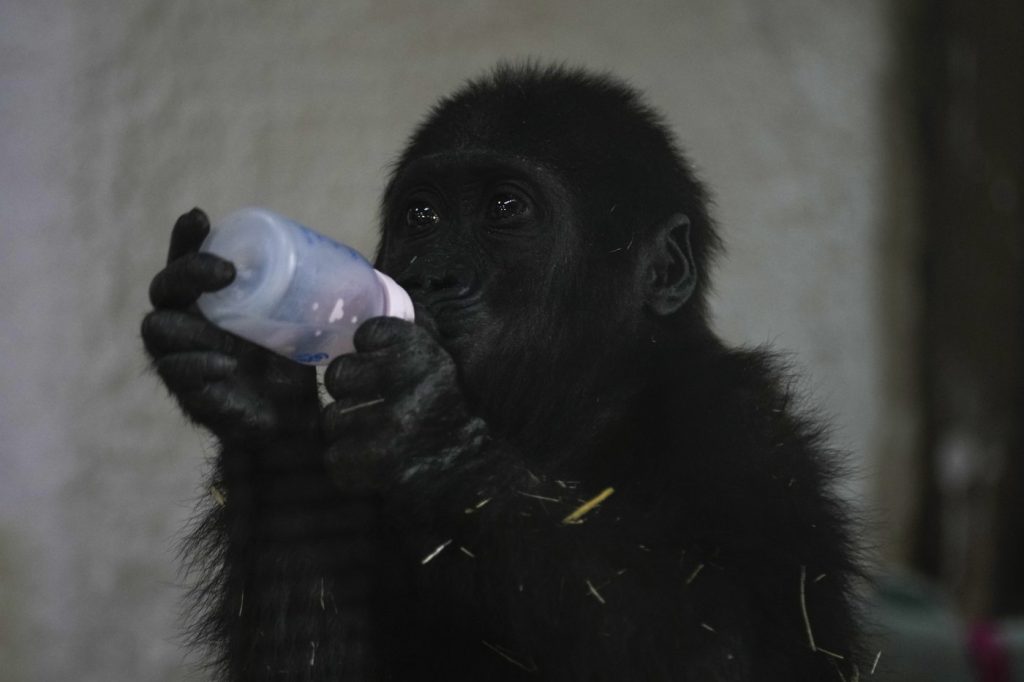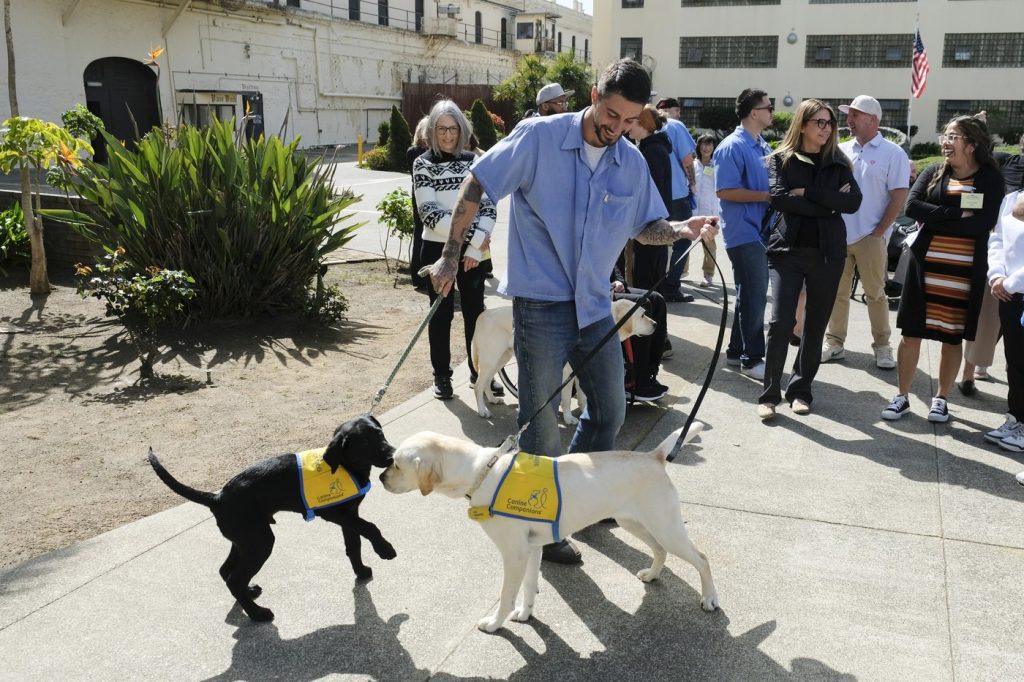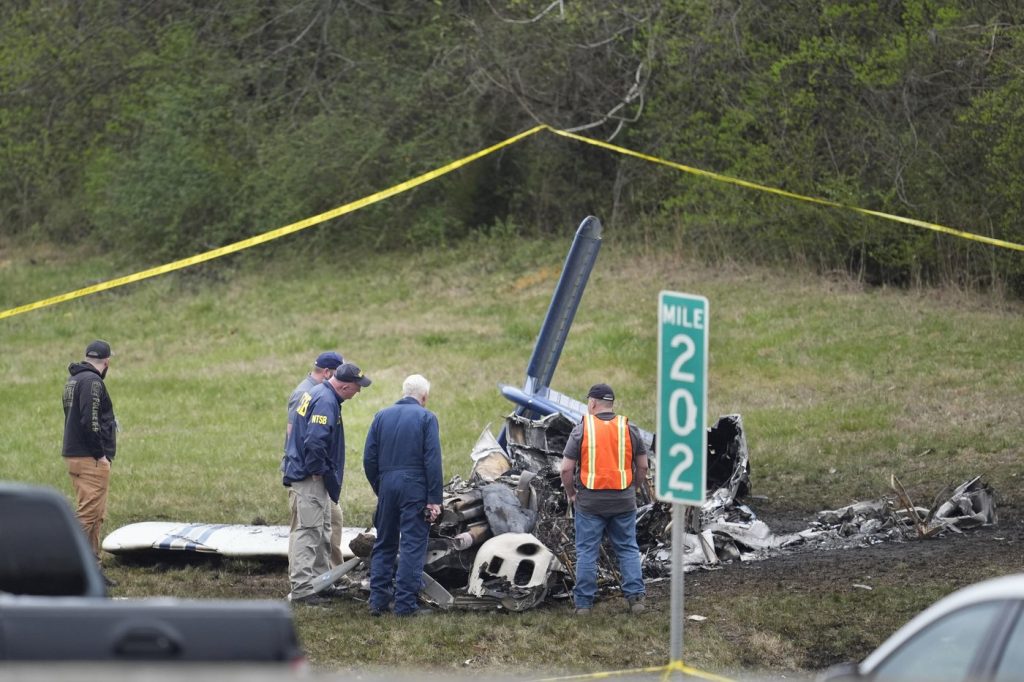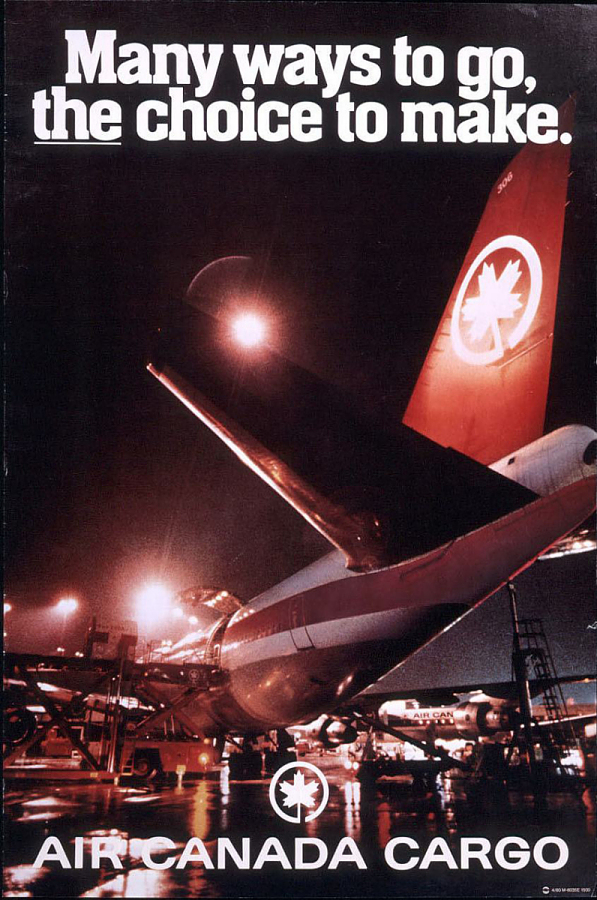OMAHA, Neb. (AP) — Dozens of Native American radio stations across the United States are facing the risk of going off the air if Congress cuts more than $1 billion from the Corporation for Public Broadcasting (CPB), according to industry leaders. The U.S. Senate is scheduled to vote this week on a plan proposed by the Department of Government Efficiency to rescind previously approved public broadcasting funding for 2026 and 2027. Concerns are rising that the 59 tribal radio stations reliant on this funding will cease operations, hindering isolated populations from accessing vital news, community events, and critical weather alerts.
Francene Blythe-Lewis, the CEO of Vision Maker Media, a Native American video programming producer based in Lincoln, Nebraska, emphasized the significance of public broadcasting to Indian Country. Blythe-Lewis pointed out that around 80% of Native communities are rural and depend on public radio stations for national news, Indigenous storytelling, and local updates. She warned that if funding cuts occur, approximately 90% of these tribal stations could disappear.
Local radio has a vital role in Indigenous communities, where access to cable television and broadband internet is often limited or nonexistent. Many residents rely on over-the-air TV stations, primarily PBS channels, and local radio to stay informed. Blythe-Lewis noted the cultural impact, stating, “It means we’re not going to hear our language on the radio.”
Native Public Media, based in Flagstaff, Arizona, supports the network of tribal radio stations and has identified roughly three dozen stations that would be particularly vulnerable if CPB funding is cut. Loris Taylor, CEO of Native Public Media, emphasized that these stations reach over 1.5 million people, serving as the primary source of local news, emergency alerts, public safety information, language preservation, and health updates.
Pressure mounts on Republican senators to support these budget cuts, spearheaded by President Donald Trump, who has criticized dissenting Republican votes, threatening loss of support and endorsement. Critics argue that public media is politically biased and an unnecessary expense. Sen. Eric Schmitt from Missouri defended the cuts as a necessary part of reducing the nearly $37 trillion national debt, asserting it is critical for restoring trust in government.
However, dissent has arisen among some Republicans. Maine Sen. Susan Collins raised concerns over the proposed cuts, noting that while some federal funds are directed to National Public Radio and PBS, the majority benefits locally owned public radio and television stations.
Jaclyn Sallee, president and CEO of Koahnic Broadcast Corporation, which operates KNBA in Anchorage, Alaska, highlighted the risks faced by rural stations, especially those serving remote communities. Koahnic produces popular programming such as National Native News and Native America Calling, and approximately 40% of KNBA’s funding comes from CPB. Sallee expressed concern that without this vital service, the population reliant on the radio for weather updates and emergency alerts could be endangered.
During the fishing season in Alaska, access to timely weather reports is crucial, as many residents depend on local information before heading into potentially dangerous waters. Language preservation while reporting local news is essential to many communities, and losing these stations would mean losing that cultural connection.
Franz Joachim, general manager of New Mexico PBS, stated that the network’s signal covers nearly all tribes and pueblos in the state and has a partnership with the Navajo Nation for broadcasting PBS programming. Joachim underscored the potential cascading effects of cutting funding, noting that once initial stations go dark, others may follow, leading to a fractured system that could jeopardize the overall network of public broadcasting.
Blythe-Lewis drew parallels between the potential loss of tribal stations and historical efforts to erase Native American cultures, likening it to past government actions that aimed to assimilate Indigenous children. She expressed the importance of maintaining visibility and voice in public media, asserting, “We’re erased from public media and therefore invisible and therefore become unknown and unheard of.”
